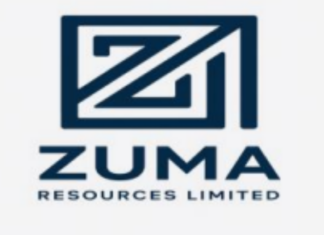I recently traveled across the length of the country, cruising along the nine hundred kilometer stretch of the motorway network, from Islamabad to Sukkur, followed by a brief interlude in land starved of development, eventually arriving in Karachi within sixteen hours – all of this subsidized by the taxpayer of Pakistan. It takes about 150 liters of petrol for a one-way journey. The government, despite increasing oil prices globally, has kept the price of petrol unchanged in the range of PKR 150 per liter. After adjusting for the increased price of petrol, and associated taxes, which are to be levied as one of the conditions of the IMF program, the fair ‘market’ price of petrol should be in the range of PKR 220 per liter.
However, devoid of any policy ingenuity the government has fixed the price of petrol at an unsustainable level, providing a subsidy of roughly PKR 30+ per liter, while also not collecting any taxes. In-essence, for a round trip journey, the taxpayer theoretically subsidized by trip by roughly PKR 20,000 – an amount which would have been better suited for a targeted subsidy intervention for the most vulnerable segments of the population. A fuel subsidy is a blunt policy tool, which predominantly subsidizes lifestyle of the rich, over the vulnerable segments of population.
By providing a subsidy of roughly PKR 30+ per liter, and by not collecting any taxes, the government is all set to expand its fiscal deficit, which may lead to a precarious fiscal situation by the end of fiscal year. To cover up for the deficit, we may see cuts in public sector development programs, just to subsidize fuel consumption for a few months. If the price of petrol would have been at a higher level, maybe I wouldn’t have taken a road trip. A higher price often results in behavioral changes, and demand destruction.
A policy which subsidizes demand in an environment where supply is restricted, there is too much that can go wrong. In absence of any demand destruction, fuel import bill would continue to increase due to higher prices and largely unchanged volumes, resulting in greater demand for US$ in a macro environment where we are already short of US$, resulting in pressure on the PKR. As PKR depreciates, second order effects of fixing fuel prices earlier would start kicking in, as it will get more expensive to buy fuel, resulting in higher subsidy at the pump.
The political volatility in the country doesn’t help either, as any decision to increase fuel prices will be construed as an anti-populist decision, swinging an already wavering public opinion to the other side. Once the dust settles, whoever it is at the helm will have to take the tough decision of nullifying the subsidy on fuel, and increasing taxation to buffer up the fiscal position.
The Oil & Gas Regulatory Authority in its summary sent to the Prime Minister recommended a price of PKR 205.64 per liter for the month of April 2022, proposing an increase of PKR 55.78 per liter. However, the same was rejected by the Prime Minister. The recommended price nullified the subsidy while imposing taxes at reduced level, however, the same was rejected. It is estimated that on a base case basis, if international oil prices do not significantly reduce, the potential subsidy is estimated to be PKR 100 billion per month, a colossal number which can be redirected to other worthy and high impact development interventions.
Considering the tight global oil market, stressed geopolitical scenario, lack of investment in oil exploration globally, and associated supply constraints, expecting a significant drop in fuel prices such that the subsidy would magically reduce would be a fallacy. Over the next few weeks, and hopefully not months, some tough decisions will have to be taken which would certainly be not be popular. It will be a bitter pill to swallow to carefully calibrate the already precarious macroeconomic circumstances. Delaying the inevitable can have disastrous consequences, similar to what a number of countries in the region are facing currently.








Brillient Blog i like it
It’s a totally business project with a wide scope of shops available to be purchased. Jasmine Mall Bahria Town Karachi includes a few tasks, making it a total shopping and diversion spot for everybody.